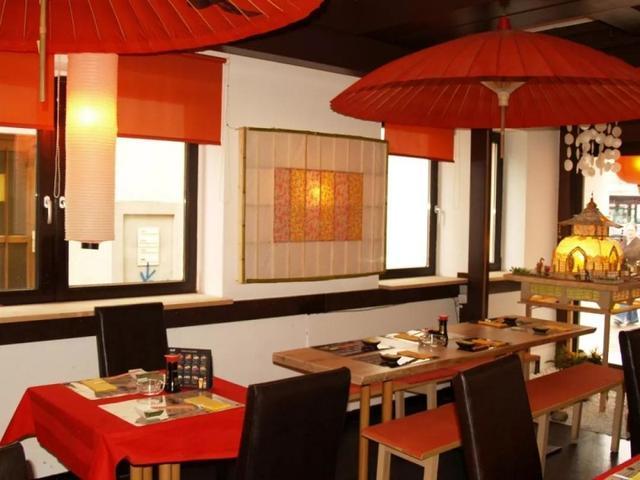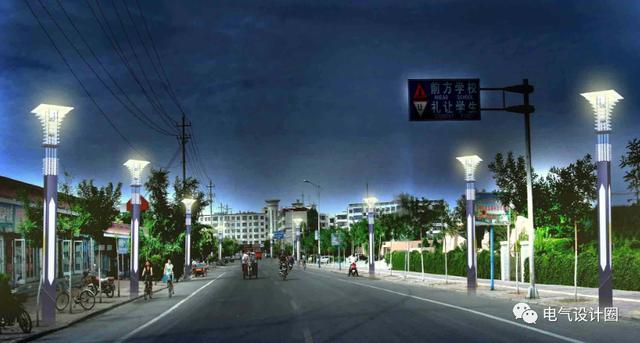LED Smart Lighting Now and in the Future
Compared with traditional lamps and energy-saving lamps, the characteristics of LEDs can only fully reflect their value through intelligence. In recent years, various manufacturers have begun to pay attention to the intelligence of their products. Although before that, intelligence has always been a trend in the industry. However, since smart lighting entered the market in the 1990s, it has been in a slow development trend due to the constraints of the market’s consumer awareness, market environment, product prices, and promotion efforts.
Intelligent lighting has gradually become the development trend of the LED industry. Users can set the scene lighting according to their own needs, thereby controlling the color and brightness of the LED lights to meet the lighting requirements of different occasions. Not only that, by installing a sensor, the LED has a “sensing ability” that can adjust its brightness according to the surrounding environment.
Current status of LED lighting
The mobile phone or ipad directly controls the LED lights. Through manual setting and even smart memory function, the lighting mode is automatically adjusted at different times and scenes, so that the home lighting atmosphere can be switched at will. From indoor lighting to intelligent control of outdoor street lights, as an advantage field of LED, intelligent lighting is considered to be an important growth point for increasing the added value of semiconductor lighting, and it has attracted many companies to join. LED smart lighting has become one of the main technology development directions of semiconductor lighting companies.
Current LED smart product applications are mainly embodied in dimming, color temperature and monitoring, such as street lamp control. But LED smart lighting will not stop there. According to the Intelligent Lighting Engineering Research Center of Rensselaer Polytechnic Institute, the intelligent lighting makes the lighting industry change from a capital equipment model to a service model, increasing the added value of products. Facing the future, the best advice is to look at how to reshape lighting into an indispensable part of the Internet, integrating health care, energy, services, video, and communications.
Smart LED Lighting System and Sensing Technology
In most cases, the intelligent lighting control system that people often say refers to the indoor lighting control system. Sensors are an important part of realizing smart lighting. The system composition of intelligent lighting control, including sensors, MCU, control execution and LED lights. There are 4 categories of Sensors : pyroelectric infrared sensors, ultrasonic sensors, Hall sensors and photosensitive sensors.
LED needs the cooperation of intelligent systems, subverting the traditional lighting concept
LED lights make our world more energy efficient. At the same time, the combination of LED light communication and control methods may be more convenient and greener. LED lights can transmit network signals and control signals through light, and send out modulated signals to complete the transmission of information and instructions.
In addition to connecting to the Internet, LED lights can also act as the commander of various household appliances. Especially building lighting is the most important part of the application market. The energy consumption of buildings is very high. Some European and American countries have developed intelligent lighting systems for this. The use of lighting control systems can better reflect its advantages in energy saving and management.
Strengthen the Field of Intelligent Lighting
“The light only needs to be illuminated to the place where it needs to be illuminated.” In the eyes of industry insiders, only in this way can there be no light pollution and waste. If the surrounding environment is very bright or there are no people around, the light emitted by it will reduce automatically to achieve environmental protection purposes. If the outside world is very dark, or when people pass by, especially at midnight, the lights will become brighter.
People all understand that many lighting companies around the world have been researching and developing the application of the Internet of Things in the LED field. The existing manual-operated switch street lamp mode has certain drawbacks. For example, engineers have fixed the time setting for manually switching street lights. Due to seasonal changes, day and night alternation, cloudy fog and rain, etc., the light on and off time, brightness and darkness are different every day. Moreover, the equipment is also prone to tripping, large loss of lamps and so on. Can not guarantee timely repair and replacement of damaged lamps.
Through the intelligent management platform, consumers only use a computer and a click of a mouse to finely control each street light. Realize flexible opening and closing, dimming, and fault warning. While ensuring the quality of lighting, it saves energy to the greatest extent.
Create New Profit Growth Points
To occupy the market, a product must provide more added value and new functions. The same is true for LED products. The current LED terminal prices continue to decline, and profits also shrink. The creation of smart lighting has become a new growth point in the industry.
Industry insiders roughly estimate that the global LED light source market will exceed US$500 billion in the next few years. The current global smart lighting market penetration rate is still less than 2%. Product applications are mainly embodied in dimmable LED landscape lights, adjustable temperature LED street lights and their monitoring.
In the future, markets such as smart home lighting and smart road lighting will greatly expand. Even with a penetration rate of 20%, there are hundreds of billions of dollars of market space to be explored.
In addition, the added value of products will also be greatly improved. Philips previously launched a WiFi-controlled LED bulb using iPhone and iPad (with a built-in application). This can independently adjust the brightness and color. The entire system comes with cost US$199.95, even if purchase a single bulb separately, it costs US$59.95. That is several times the price of ordinary LED lights.
According to the survey, the ex-factory price of LED lamps equips with power driver chips is 20% to 30% higher than that of ordinary lamps. This intelligent configuration alone can increase the gross profit of lamps by at least 20%. And some high-end dimmable products can even reach more than 30%.




